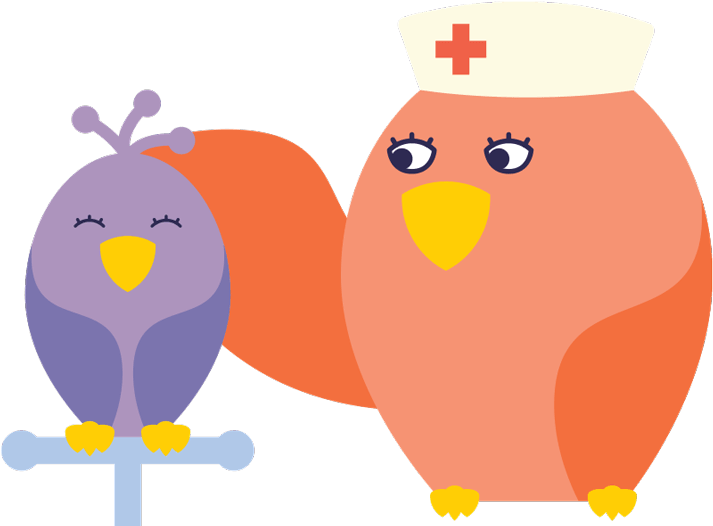Why Should Providers Focus on Safe Sleep?
You play an important role in helping parents and caregivers keep their babies healthy. In Louisiana about 100 infants die of SIDS and suffocation every year. You can help reduce the risk of SIDS and suffocation by teaching safe-sleep practices to parents, grandparents and other caregivers.
How to Promote Safe Sleep
Clinicians, community leaders, childcare providers, and the media all have a part to play in promoting Safe Sleep. Here’s how to help:
- Know and share the STEPS TO SAFE SLEEP Checklist with everyone who cares for and about our babies.
- Teach and encourage safe sleep at your practice, your workplace, your church, or wherever you reach people, using these questions.
- Share this Childcare Center Checklist with your patients and encourage them to ask childcare centers about their safe sleep policy.
- You can even set up a safe sleep display in your workplace using these instructions.
- Model safe sleep by removing items from a crib or Pack ‘n Play, placing baby on his or her back, and using a sleep sack.
- Download our free media materials and/or order our free promotion materials to spread the word.
- Have questions? Want to do even more? Your local Maternal and Child Health Coordinator can help. Find out who to call here.
Steps to Safe Sleep
These steps aren’t always as simple as they sound. Talk to a doctor or nurse for help. Not sure about a step? Find out why each one matters.
Share these important safety tips with EVERYONE who cares for and about babies! Download and print the checklist here.
The more items that are checked off, the safer the sleep environment for baby.
Talking About Safe Sleep
All families need to know how to create the safest sleep environment for their baby in any situation. The Academy of Breastfeeding Medicine and other experts recommend that providers have open and nonjudgmental conversations with families about how they put their baby(ies) to sleep. Click here for tips and trainings on how to talk to caregivers about safe sleep.


